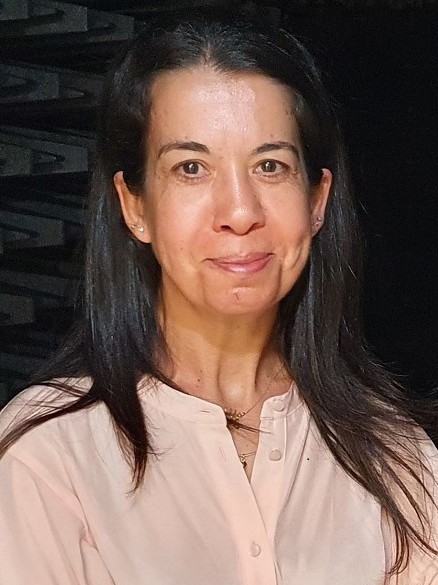abstract
To address the challenges of the next generation of smart windows for energy-efficient buildings, new electrochromic devices (ECDs) are introduced. These include indium molybdenum oxide (IMO), a conducting oxide transparent in the near-infrared (NIR) region, and a NIR-emitting electrolyte. The novel electrolytes are based on a sol-gel-derived di-urethane cross-linked siloxane-based host structure, including short chains of poly (epsilon-caprolactone) (PCL(530) (where 530 represents the average molecular weight in g mol(-1)). This hybrid framework was doped with a combination of either, lithium triflate (LiTrif) and erbium triflate (ErTrif(3)), or LiTrif and bisaquatris (thenoyltrifluoroacetonate) erbium (III) ([Er(tta)(3)(H2O)(2)]). The ECD@LiTrif-[Er(tta)(3)(H2O)(2)] device presents a typical Er3+ NIR emission around 1550 nm. The figures of merit of these devices are high cycling stability, good reversibility, and unusually high coloration efficiency (CE = OD/Q, where Q is the inserted/de-inserted charge density). CE values of -8824/+6569 cm(2) C-1 and -8243/+5200 cm(2) C-1 were achieved at 555 nm on the 400th cycle, for ECD@LiTrif-ErTrif(3) and ECD@LiTrif-[Er(tta)(3)(H2O)(2)], respectively.
keywords
POLY(EPSILON-CAPROLACTONE)/SILOXANE BIOHYBRID ELECTROLYTES; OXIDE THIN-FILMS; POLYMER ELECTROLYTES
subject category
Energy & Fuels
authors
Fernandes, M; Freitas, V; Pereira, S; Leones, R; Silva, MM; Carlos, LD; Fortunato, E; Ferreira, RAS; Rego, R; Bermudez, VD
our authors
Projects
Luminescent electrochromic devices incorporating organic/inorganic (bio)hybrid electrolytes (LUMECD)
acknowledgements
This research was funded by National Funds through the Foundation for Science and Technology (FCT) and by FEDER funds through the POCI-COMPETE 2020, Operational Programme Competitiveness and Internationalisation in Axis I: Strengthening research, technological development and innovation (FCT Ref. UID/QUI/00616/2013, POCI-01-0145-FEDER-007491, FCT Ref. UID/Multi/00709/2013), and LUMECD (POCI-01-0145-FEDER-016884 and PTDC/CTM-NAN/0956/2014).




